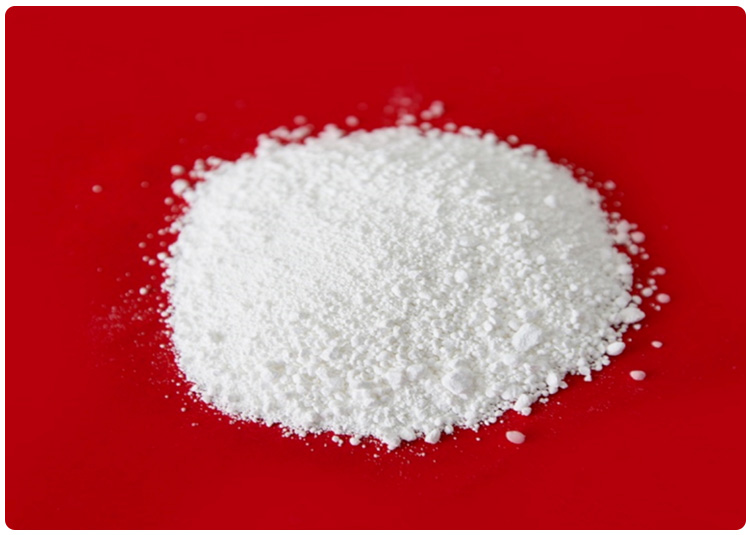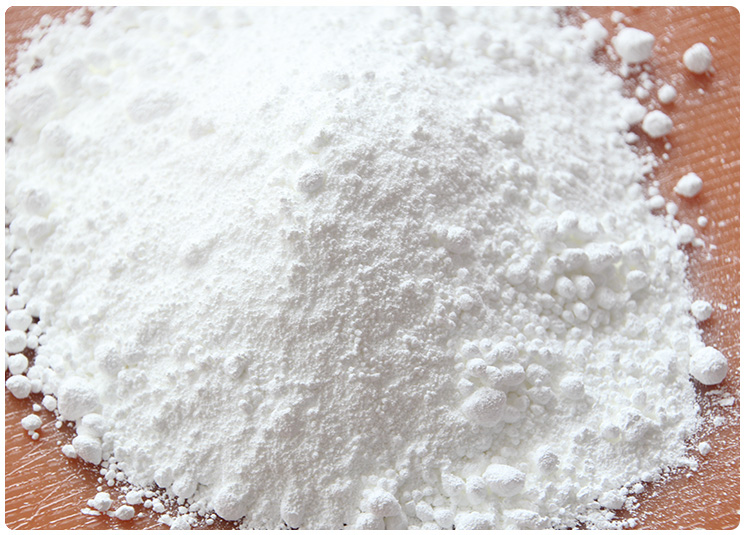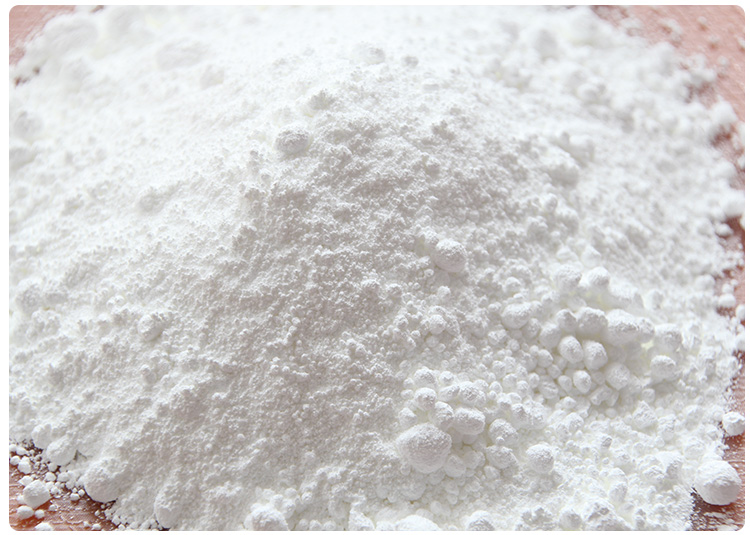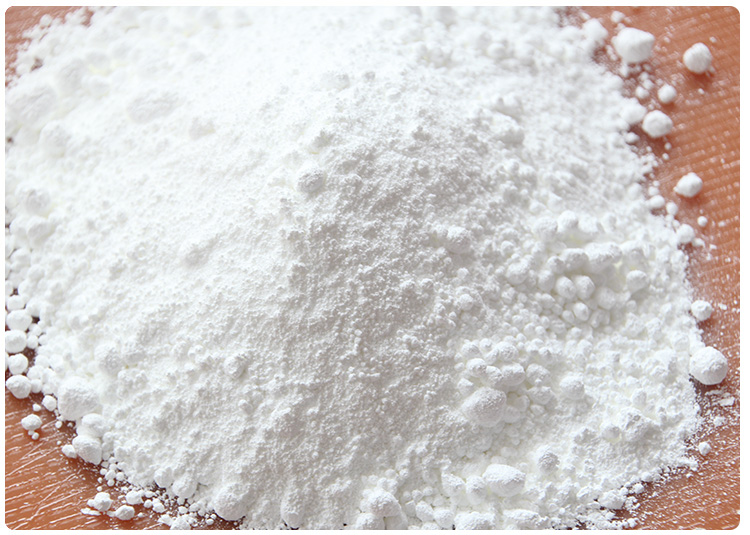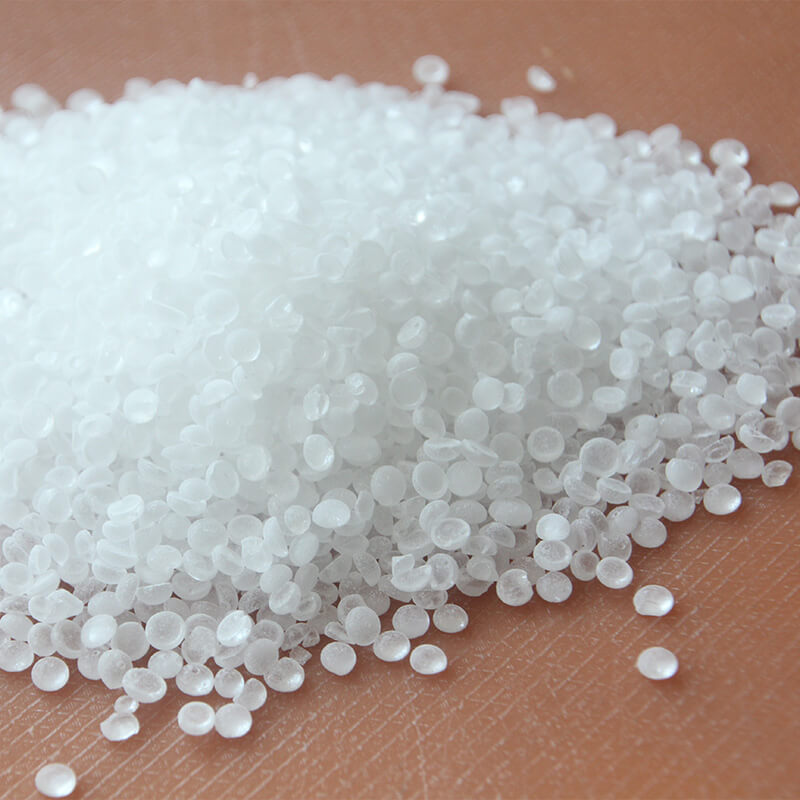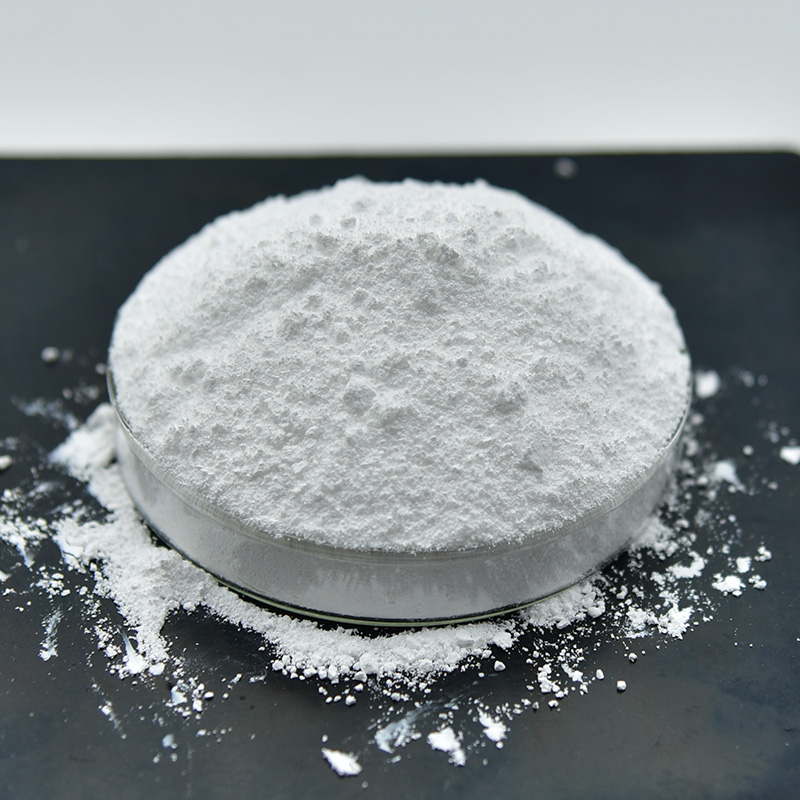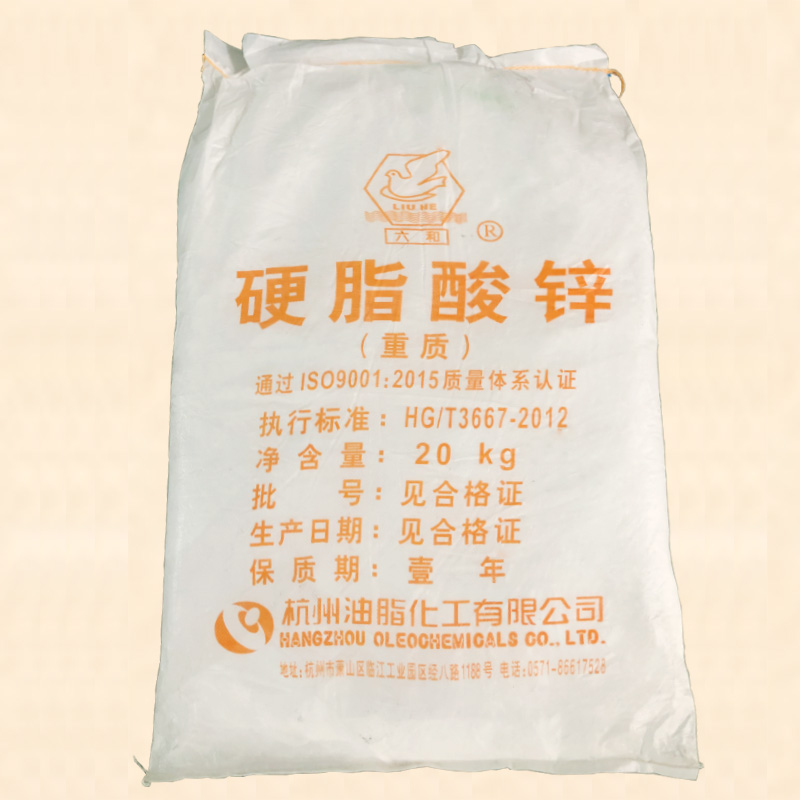The role of zinc oxide in coatings
- Mingpai
- 2024-05-29 11:33:04
Zinc oxide serves multiple critical functions in coatings, with its main roles encompassing:
White Pigment and Filler: Zinc oxide, also known as zinc white, acts as a white pigment. Although its tinting strength is less than that of titanium dioxide, it can be used in greater quantities when lesser amounts of titanium dioxide are required for color adjustment, enabling precise color matching while increasing the opacity and hiding power of the coating. As a filler, it augments the volume of the coating, contributing to cost reduction.
Enhancing Coating Performance: Its alkaline nature enables zinc oxide to react with carboxyl groups present in the coating formulation, forming zinc soaps. This interaction enhances the flexibility, hardness, and water resistance of the film, producing a more robust and less prone-to-chalking finish.
UV Protection: Zinc oxide boasts exceptional ultraviolet (UV) absorption capabilities, particularly effective against UV light in the 240 to 380 nanometer range, effectively preventing color fading and degradation caused by UV exposure, thereby prolonging the life and color stability of the coating.
Catalyzing Curing Reactions: In certain coating systems, such as epoxy/polyester or polyester/TGIC powder coatings, zinc oxide can facilitate the reaction between epoxy groups and carboxyl groups, accelerating the curing process and shortening the drying time of the coating.
Conductive Functionality: As a conductive functional filler, zinc oxide is utilized in the formulation of anti-static or conductive coatings, especially in industrial applications where the accumulation of static electricity needs to be prevented.
Antimicrobial and Fungicidal Properties: Zinc oxide naturally inhibits the growth of microorganisms and fungi in coatings, making it widely employed in water-based coatings to maintain a clean and hygienic coated surface.
Improved Flow and Stability: It aids in controlling the flow properties of coatings, preventing dripping and sagging, and enhancing the stability of the coating during application.
In summary, zinc oxide in coatings not only serves as a basic coloring agent and filler but also contributes significantly to enhancing coating properties, safeguarding the film from environmental damage, promoting curing, and more, establishing itself as an indispensable component in coating formulations.
